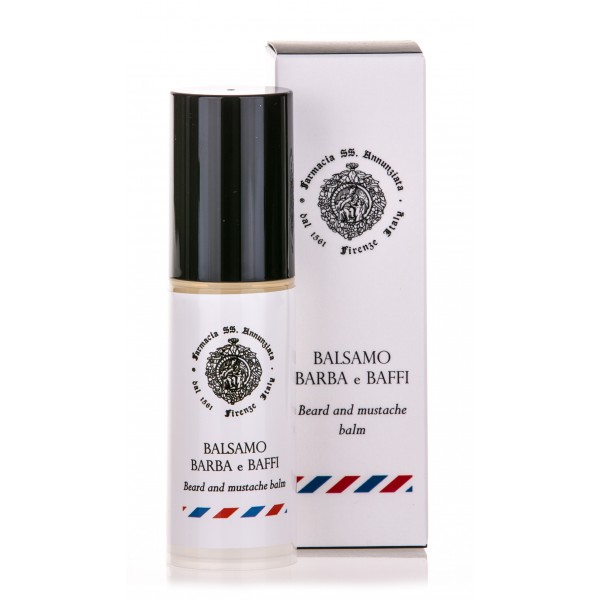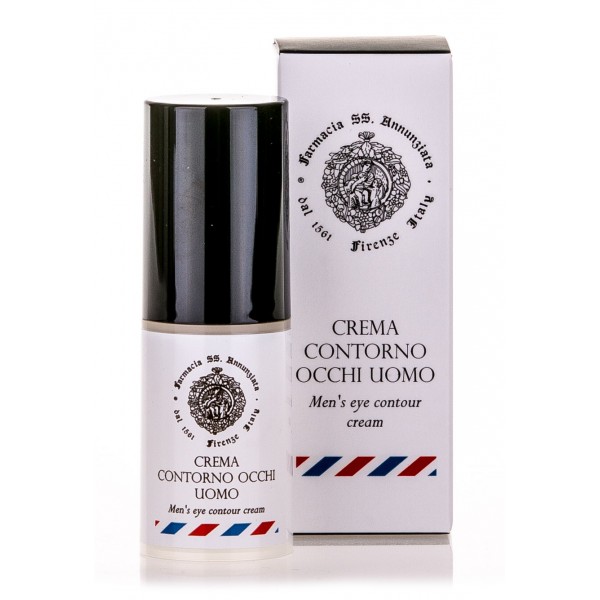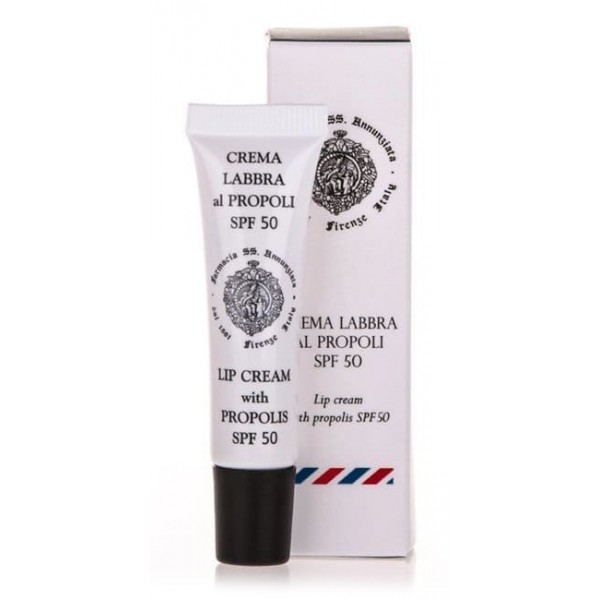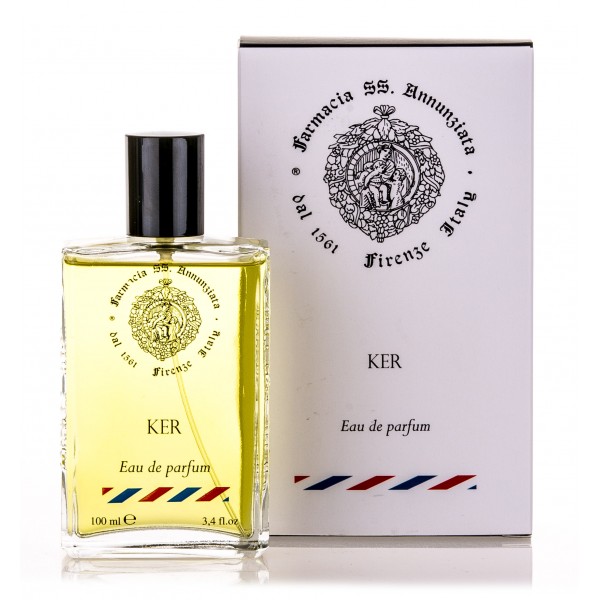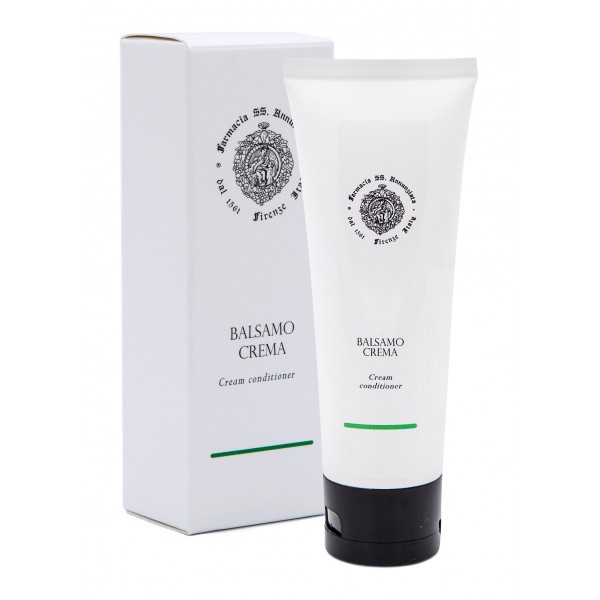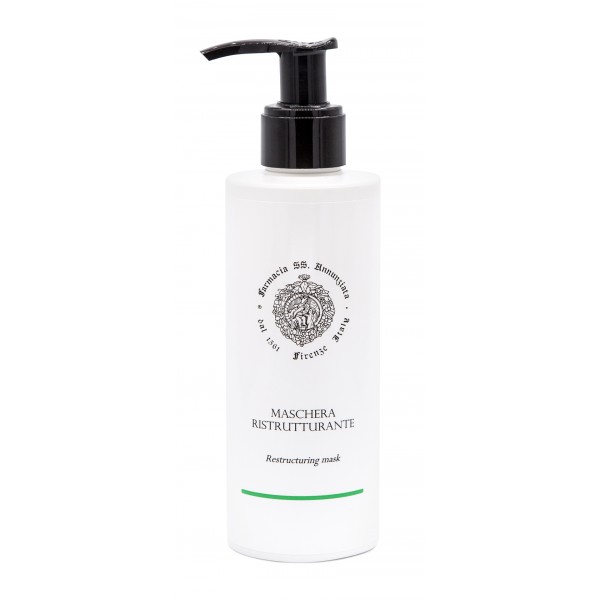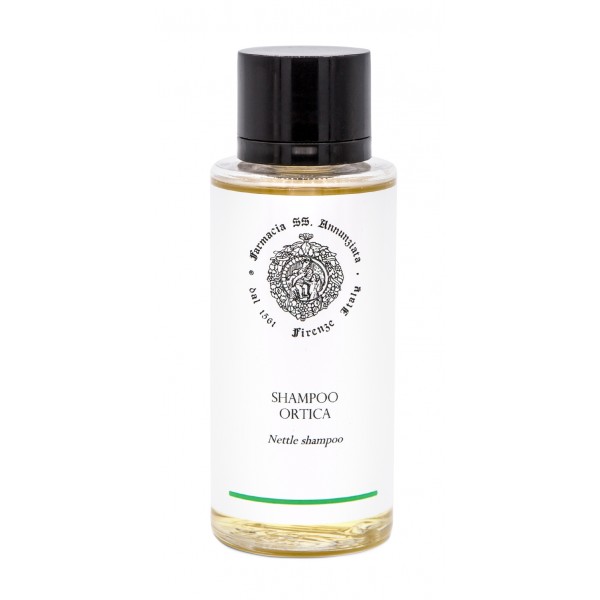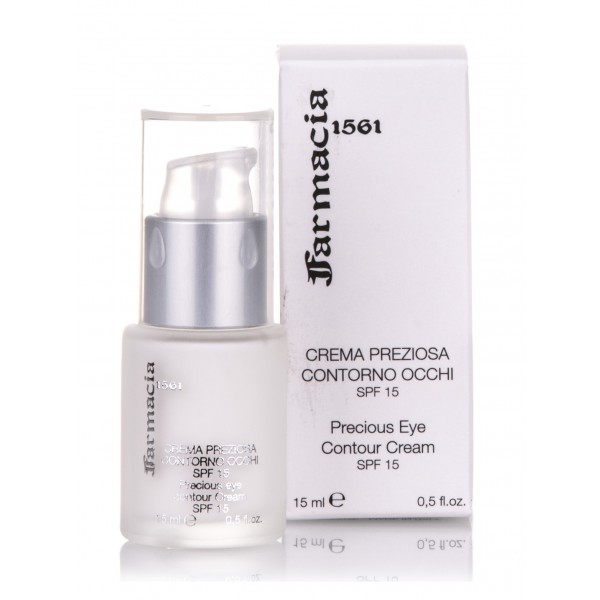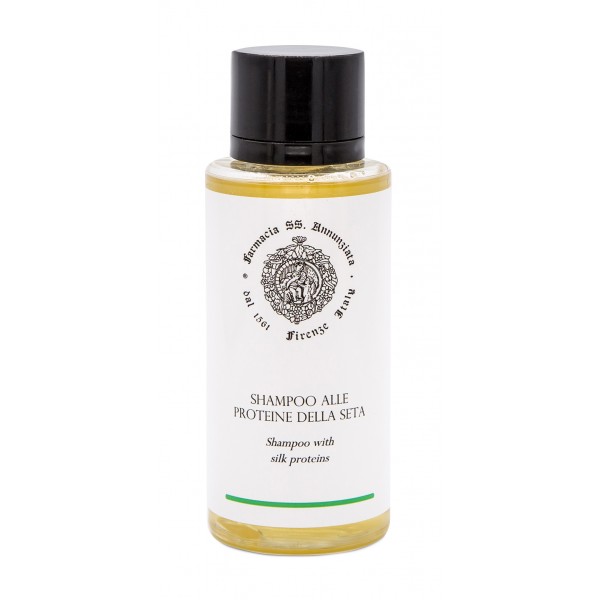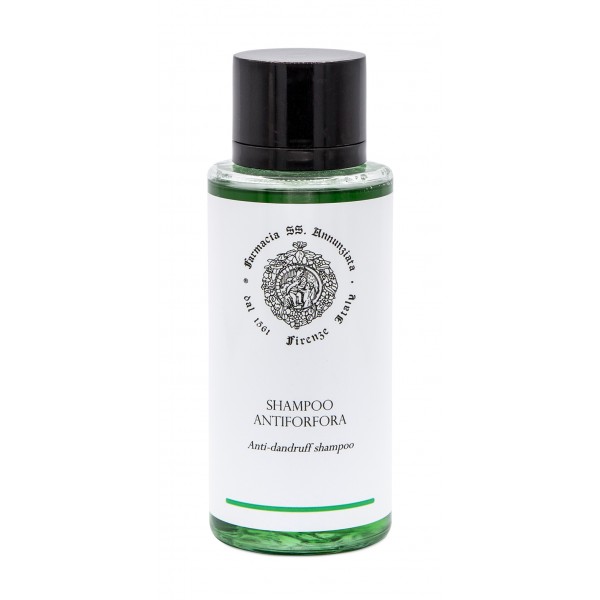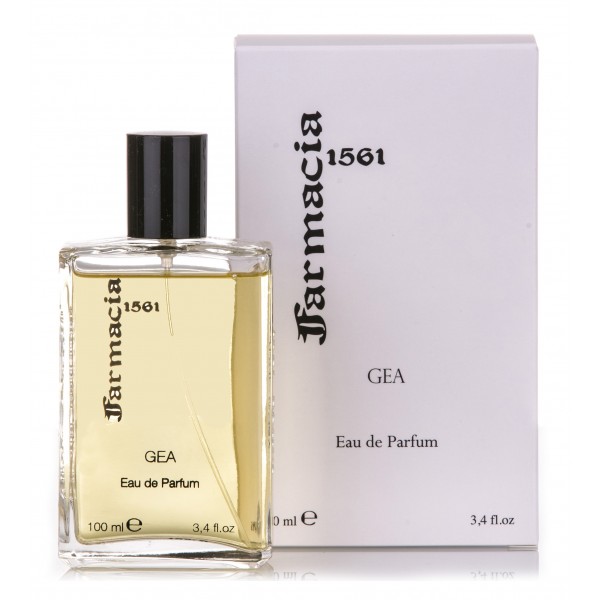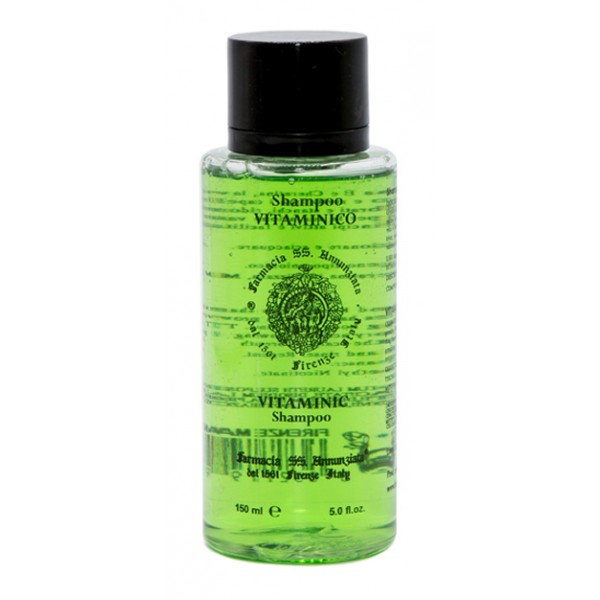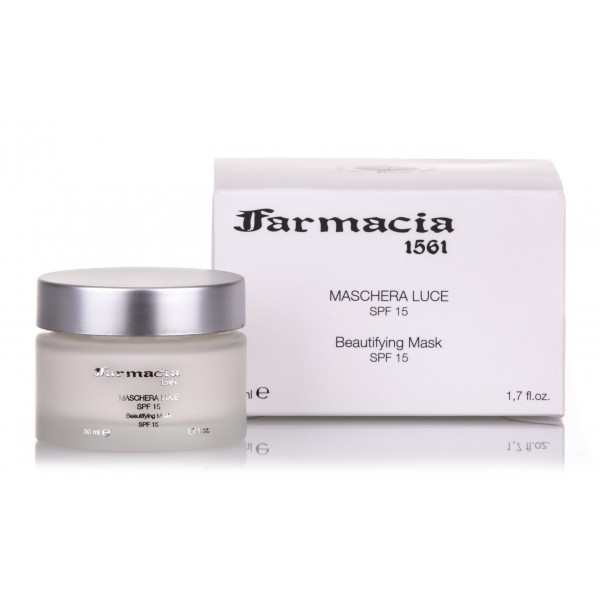No products
Categories
Extra
Farmacia SS. Annunziata 1561
None of The Old Traditions have Been Lost. None of The Benefits of Modern Technology have Been Neglected
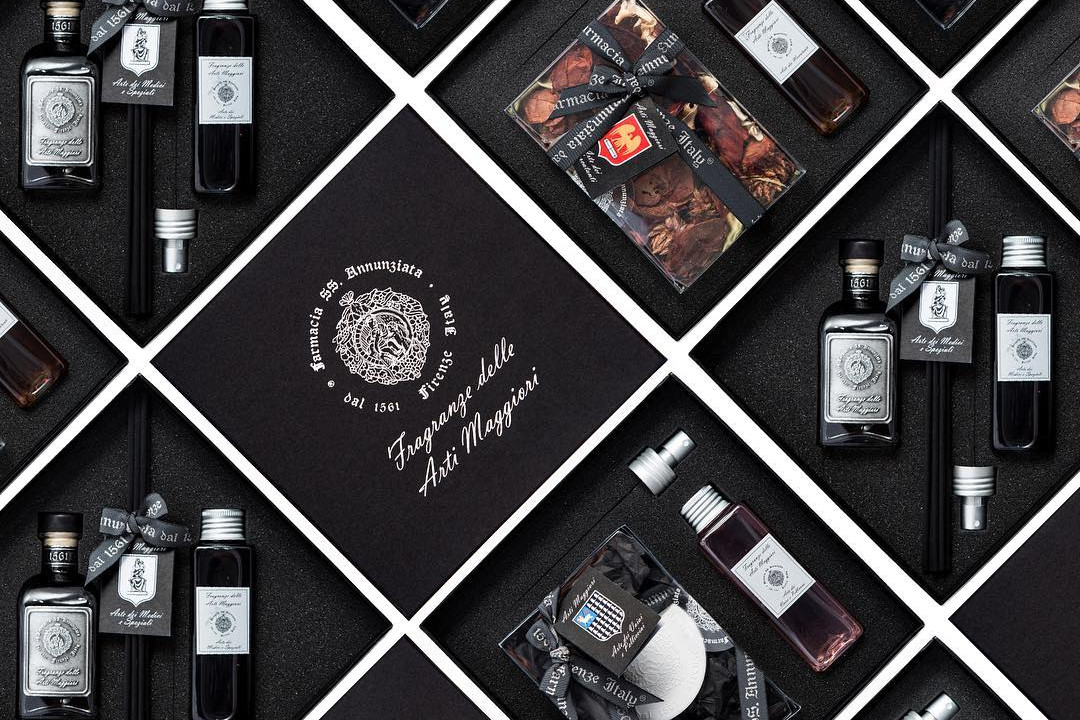
Concept
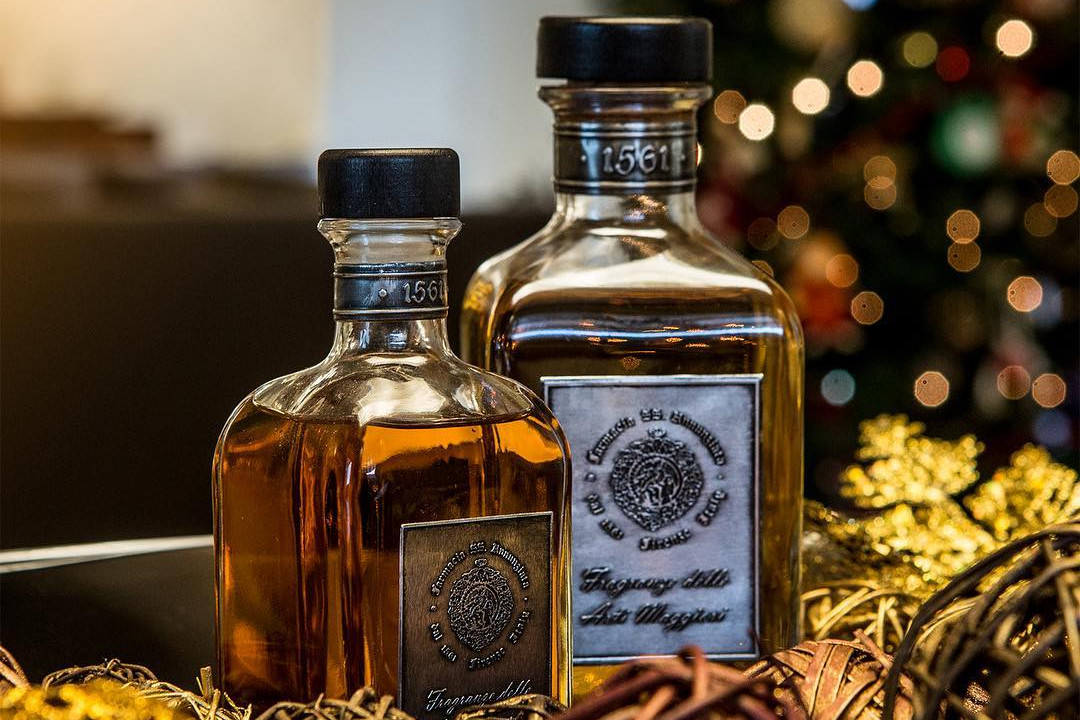
In 1561 the chemist Domenico di Vincenzo di Domenico Brunetti was the first manager of the Santissima Annunziata Pharmacy about whom we have information. (A.S.F. – Decima Granducale 3784 cc. 110v. – 111r A.S.F. – Arte dei Medici e Speziali, 12, c.123v.).

Since that time the Farmacia Santissima Annunziata has always mantained, apart from the usual prestige typical of every pharmacy at that age, a special tradition in preparing galenic prescriptions and products for hygiene and the beauty of the skin.
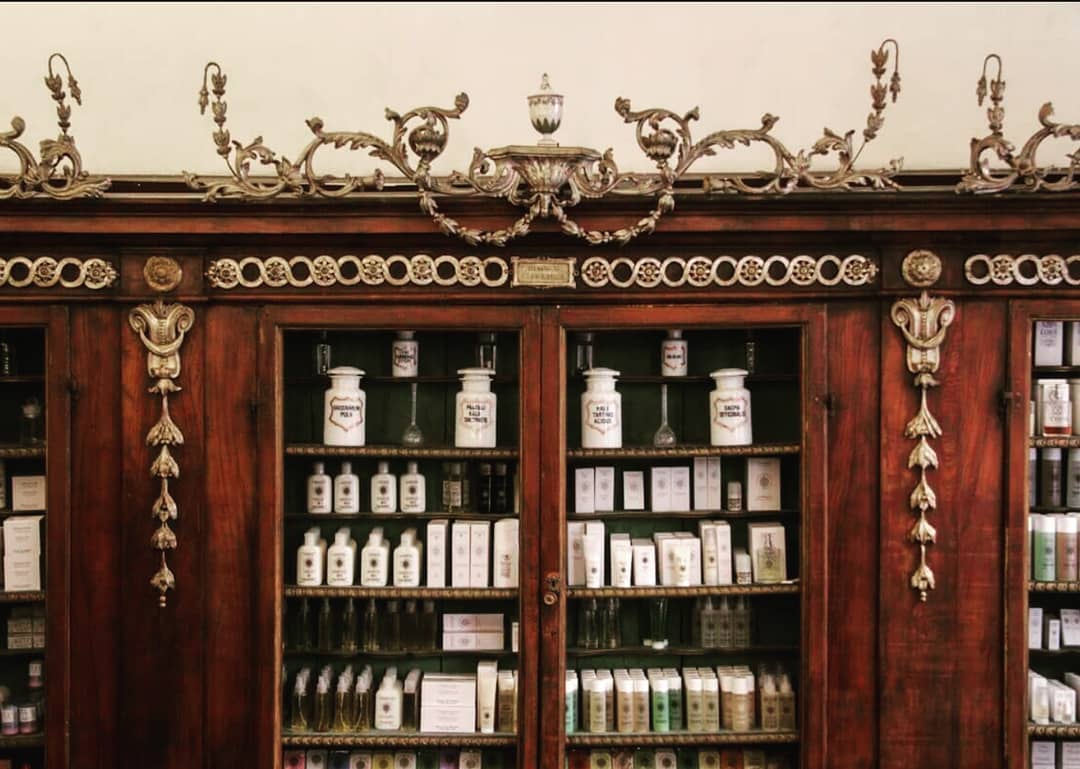
We have graduated, from ancient processes completely handmade, with pestle and mortar, to special quality controlled preparations made with modern and safe machinery, giving special attention to high standards and throughly researching our prescriptions which are made both with traditional and new raw products.

Our ancient tradition has been mantained and the standards of our products have become, if possible, better and safer.
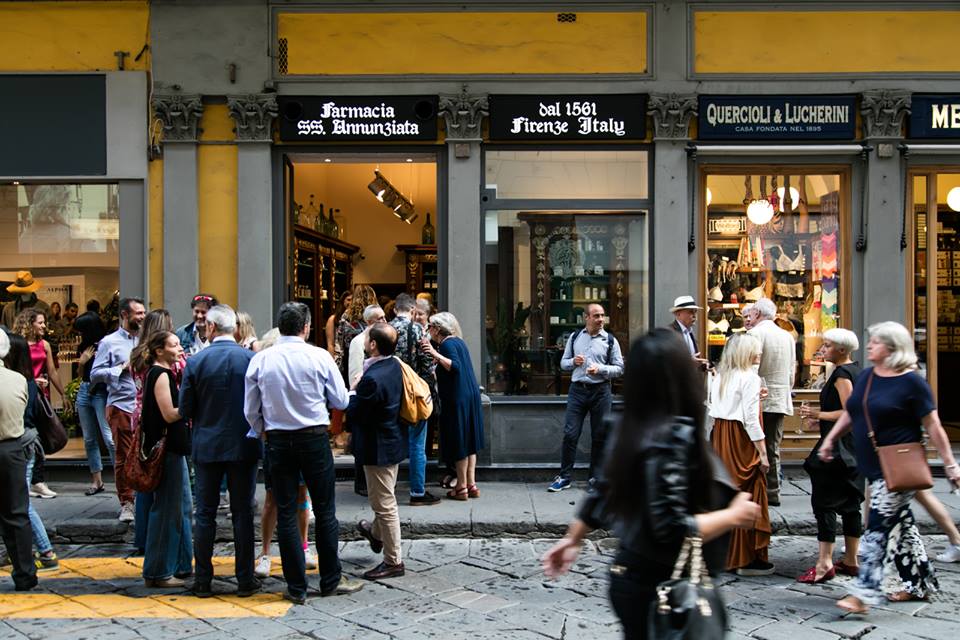
The Farmacia SS. Annunziata uses only the highest quality ingredients available on the global market and preparation is done with precision using advanced, high-tech machinery. The finished product is always fresh and in accordance with all current technical and legislative standards and the psychophysical needs of the client, as well as the needs of the skin according to the climate and/or seasonal changes, are always carefully considered in the making of both new and old products.
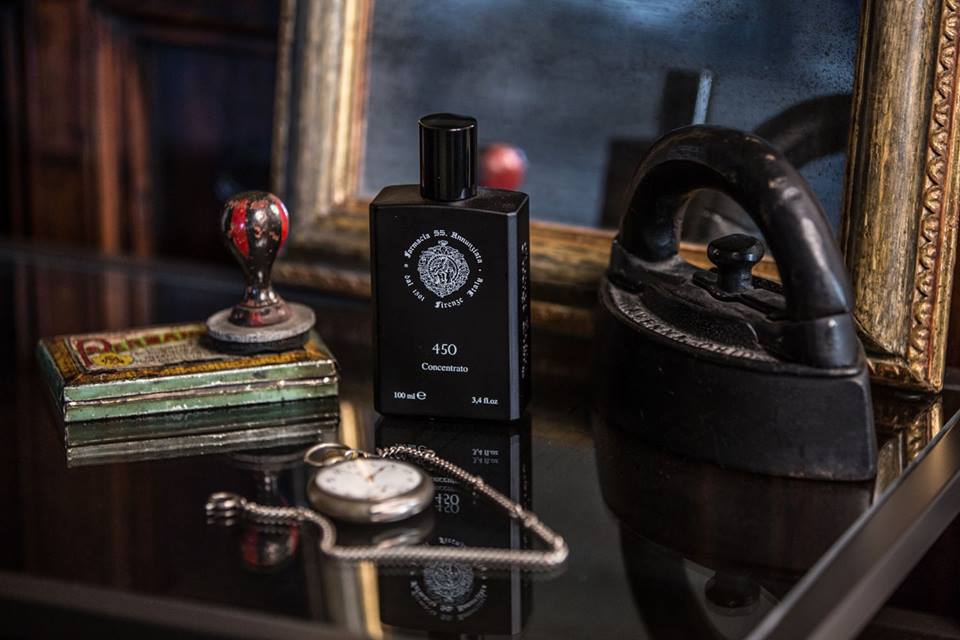
History
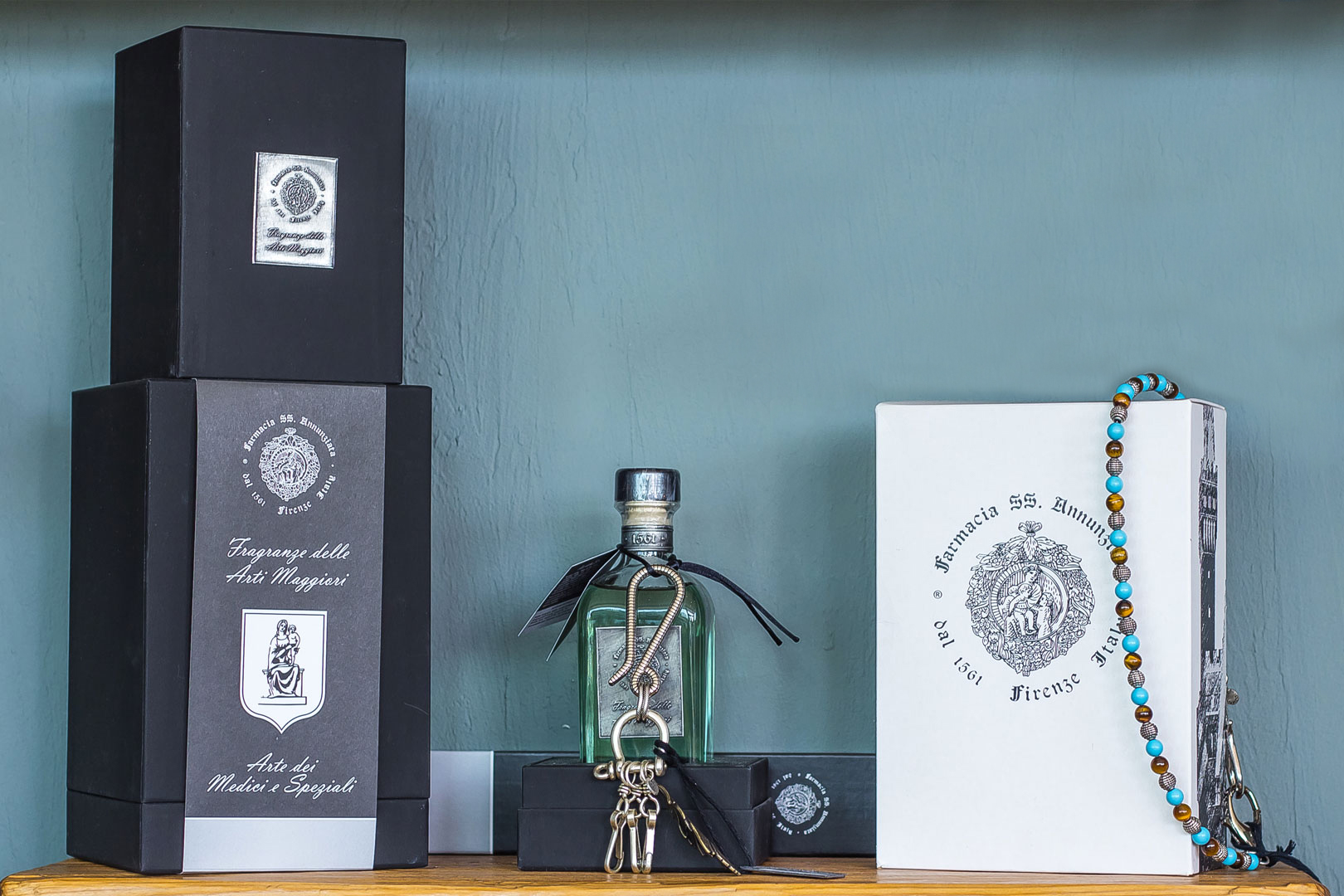
The Farmacia SS. Annunziata of Florence is located at Via dei Servi 30 (black) and 80 (red) in a building that dates back to 1400.
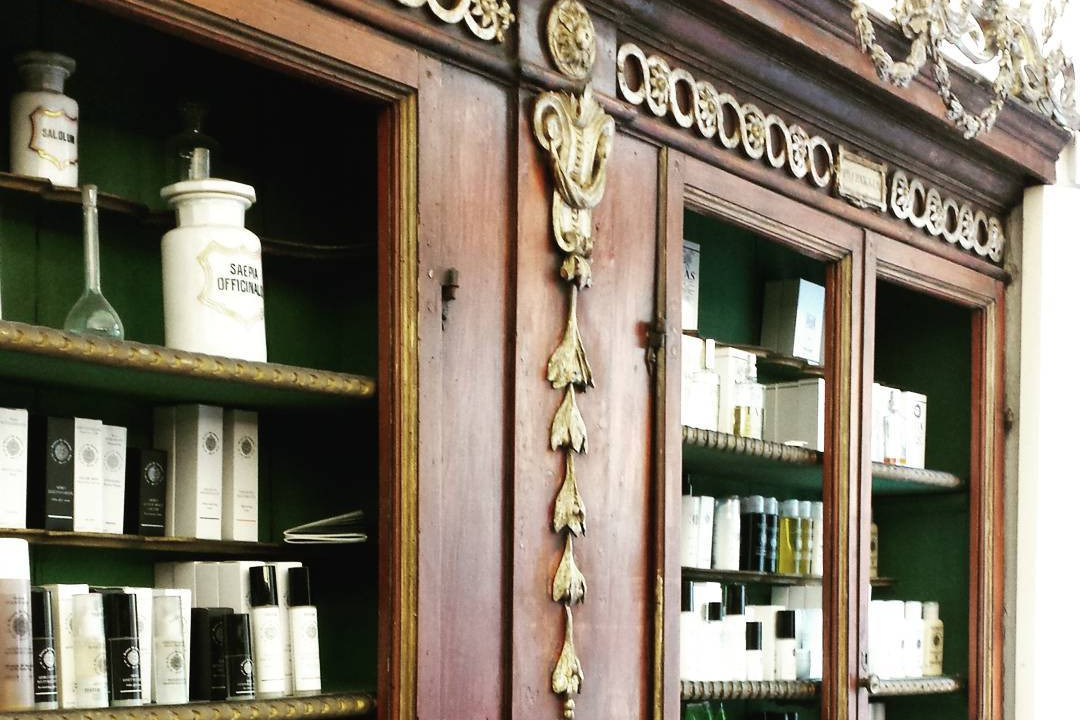
At the top of the first story facade is a pietra serena stone sculpture of an eagle bearing a ball on its back. The history of this coat of arms dates back to 1200.Between the twelfth and thirteenth centuries, the Arti di Firenze (Guilds of Florence), which were guilds of arts and crafts, began to take shape.
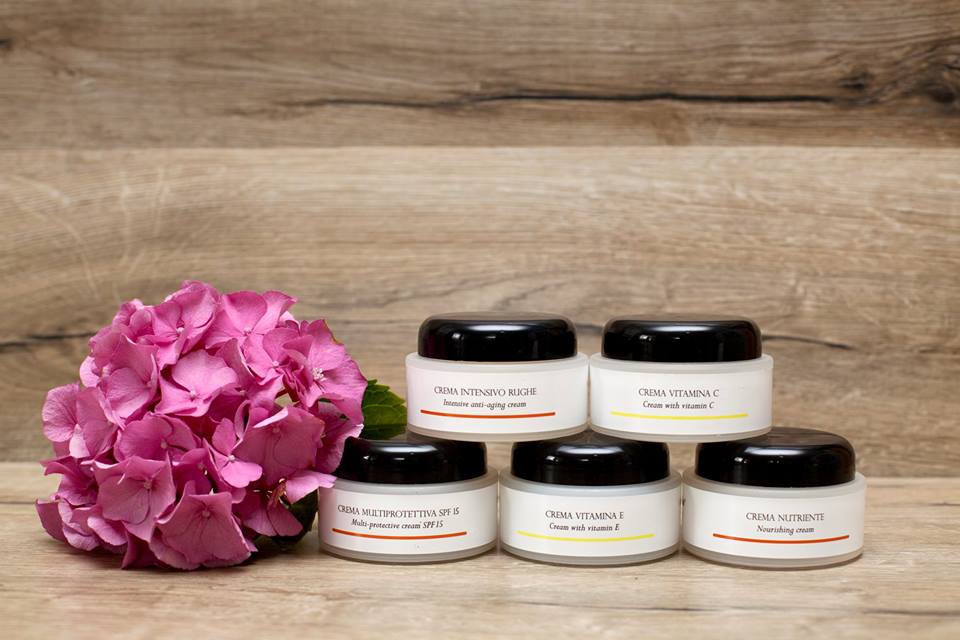
These were initially created as lay associations for the defence and pursuit of common goals that brought together those who worked in the same profession or those who practised the same trade.
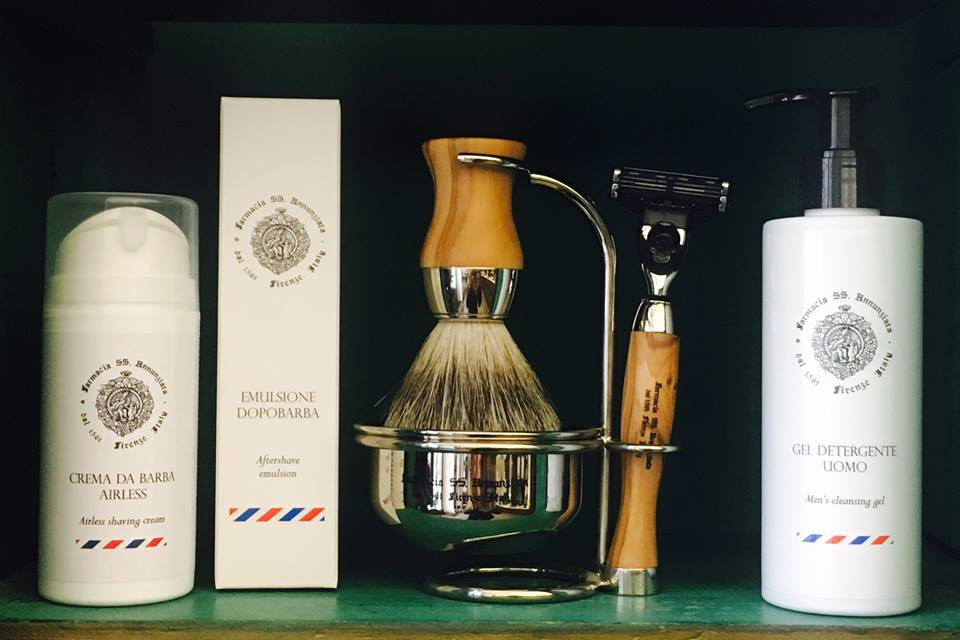
The extraordinary economic developments that permitted Florence to become one of the richest and most powerful cities in medieval Europe are owed in large part to these guilds.
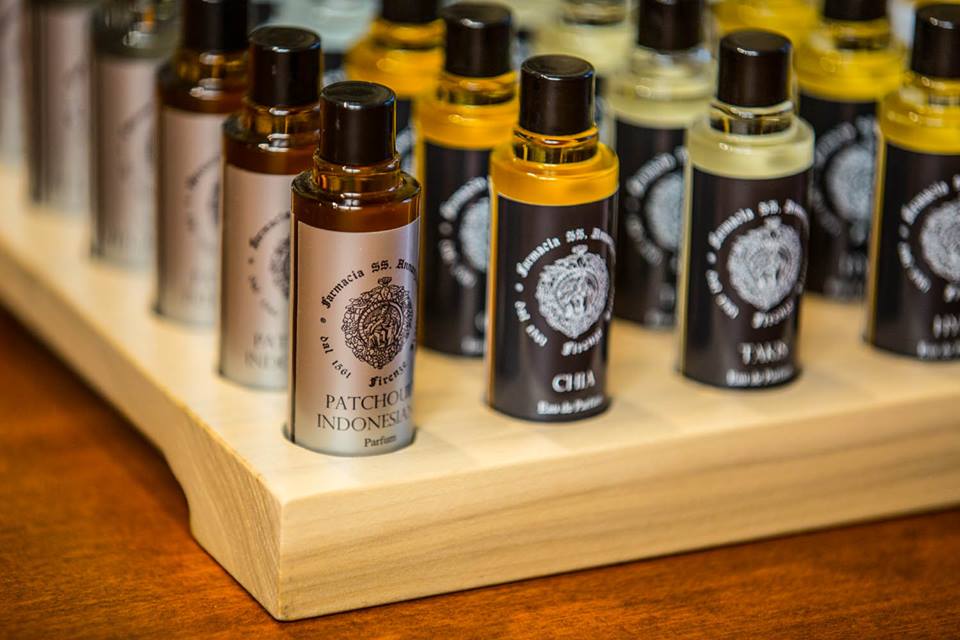
Seven guilds called the Arti Maggiori (Major Guilds) and another fourteen called the Arti Minori (Minor Guilds) were formed.Those belonging to the former managed and administered large interests and were able to create commercial and financial relationships in many parts of the world.
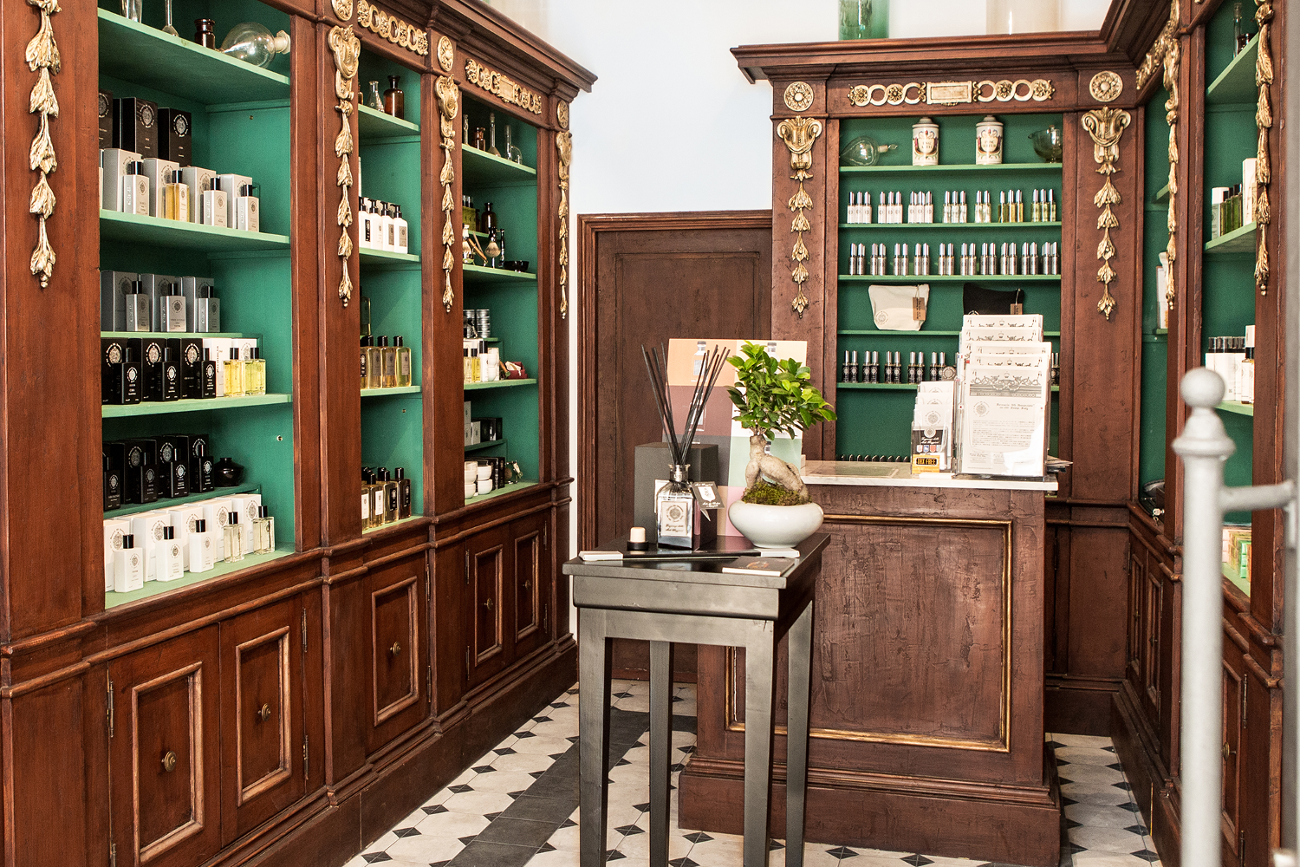
The Arti Minori were guilds of a purely artisan character. Their services were limited to a local sphere and their involvement in politics was generally far more restricted than that of the Arti Maggiori.
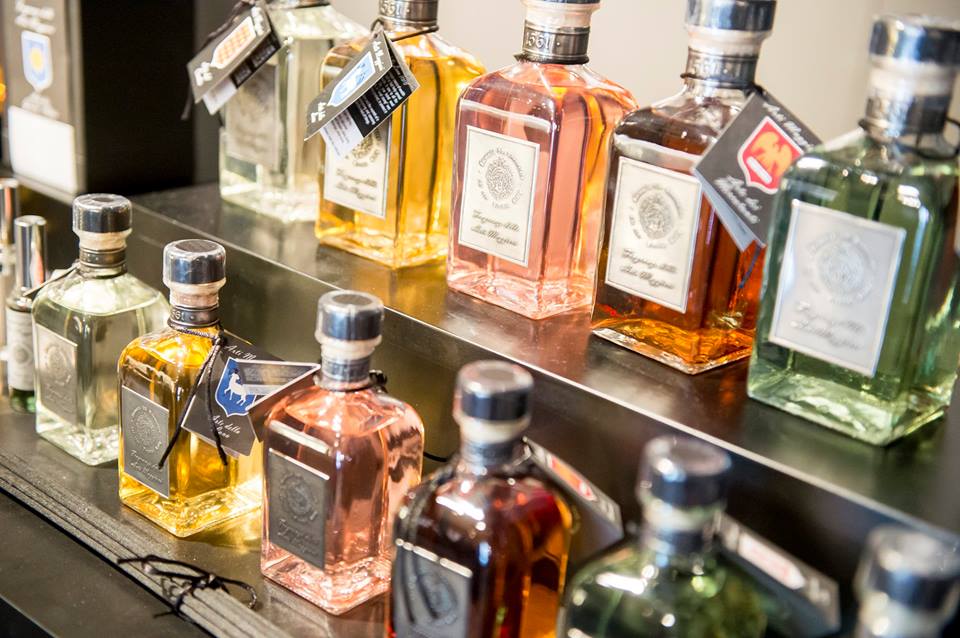
One of the richest and most powerful of the Arti Maggiori guilds in Florence was the Arte dei Mercatanti or di Calimala (a guild of cloth finishers and merchants) who had shops in Via Calimala in the centre of Florence, where many of the various guilds’ shops were located.
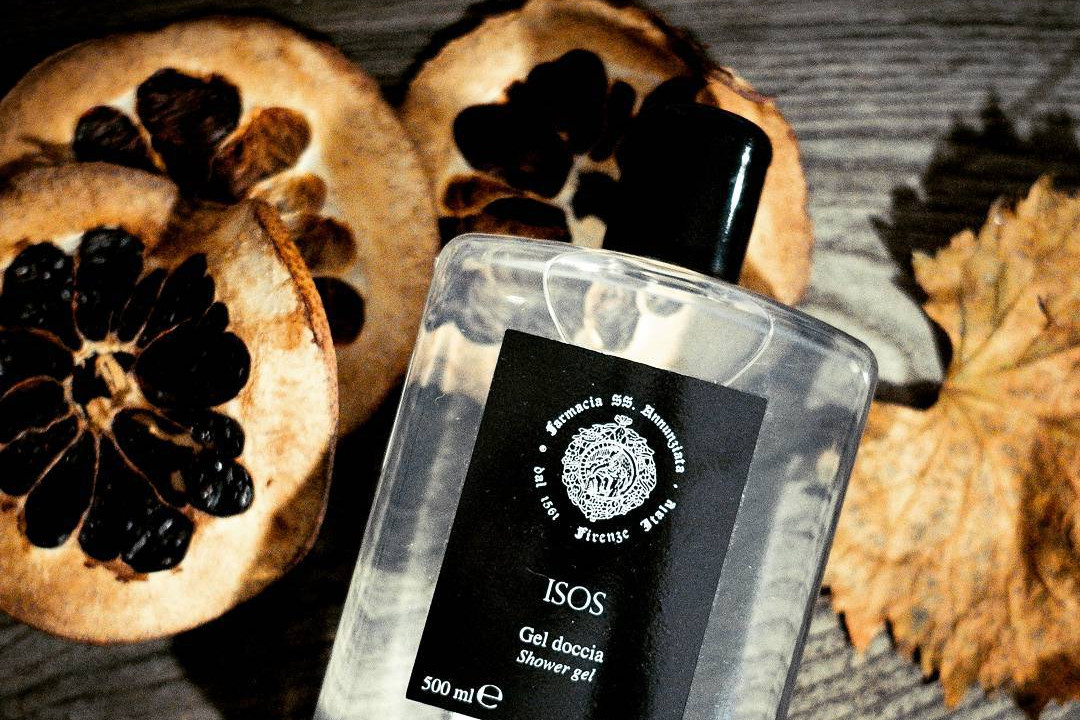
The Arte dei Mercatanti imported cloth mainly from France and England and then dyed, stretched and fulled it before re-exporting it to other countries.

The Arte dei Mercatanti is represented by a golden eagle against a red background standing upon a white bundle of cloth.
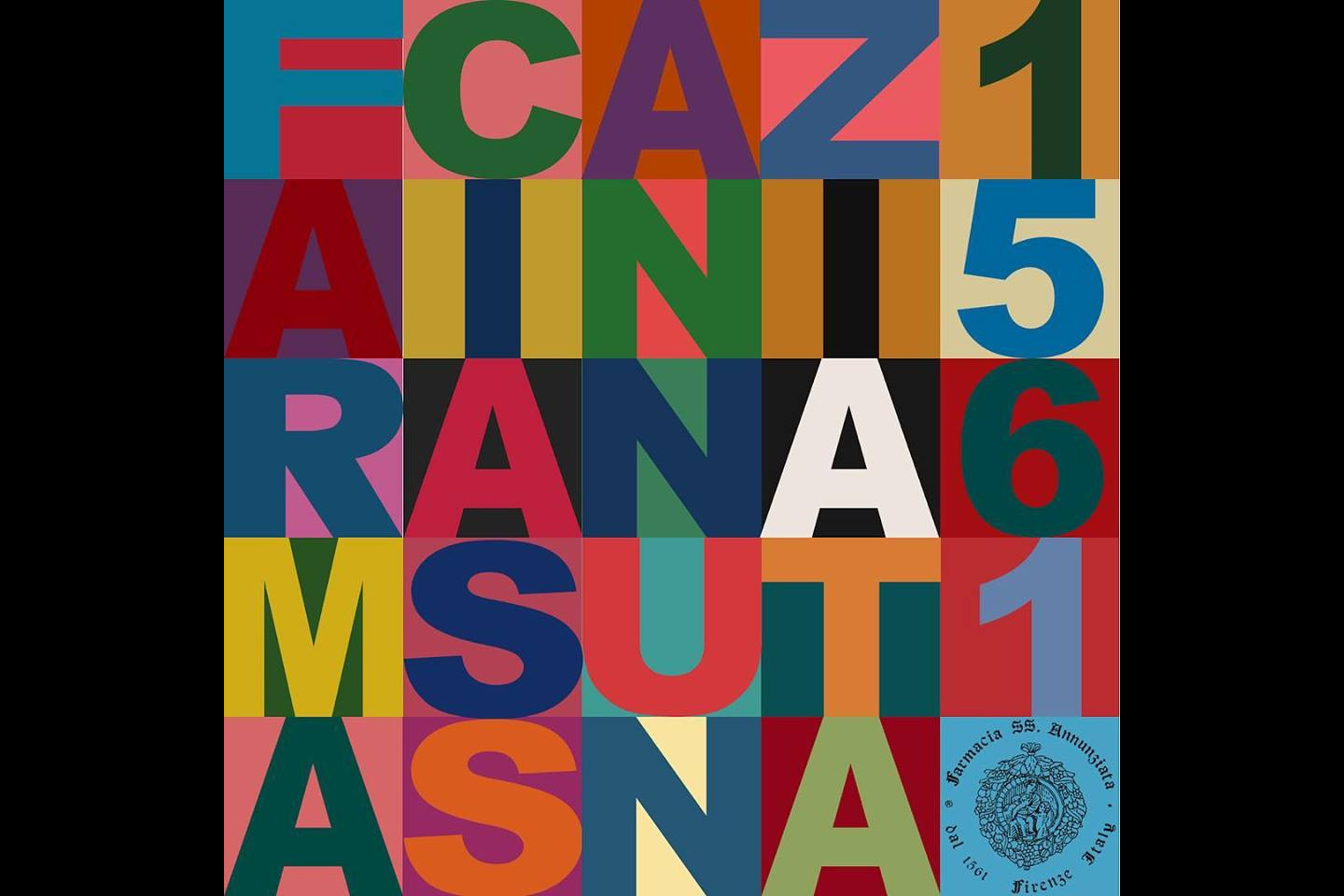
This symbol can be found on the inside of its original building situated on top of a large ball that is hoisted above the stairwell. It is the same coat of arms that is sculpted on the facade of the building where the Farmacia SS. Annunziata is located.
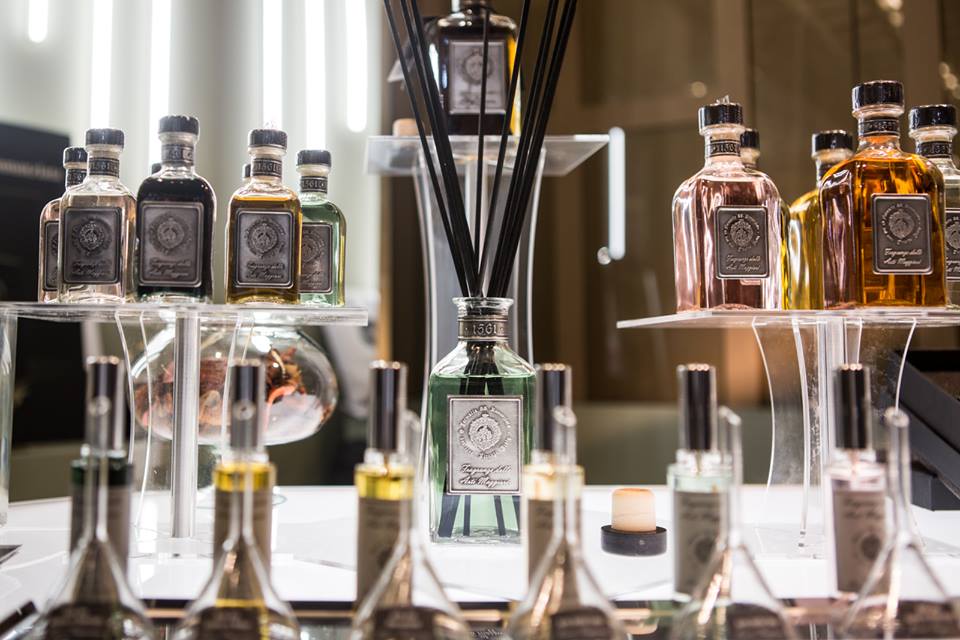
In 1298 the city began to urbanize. It was during this time that a street was formed that went directly to the area in front of the new church that was connected to the SS Annunziata Convent. Today this street is called Via dei Servi.
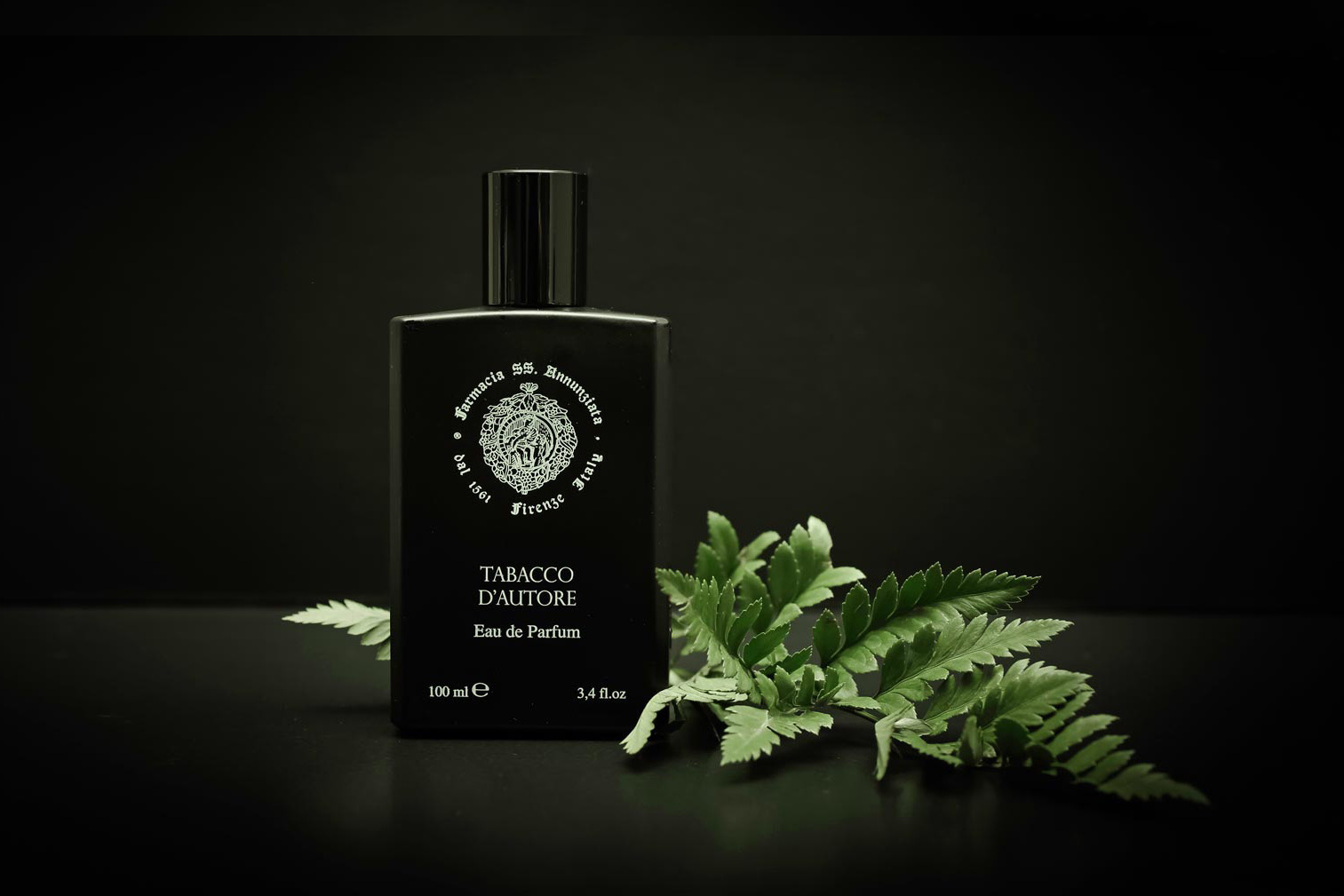
In 1419, Fillipo Brunelleschi began work on the loggia of the Ospedale degli Innocenti (Hospital of the Innocents) and in 1421 Via dei Servi was paved.

At some point between 1471 and 1482, a map was drawn up by an anonymous connoisseur of Florentine wares and artefacts that clearly shows a two-storey unitary building located between the Annunziata and the Duomo. This building could represent the houses of Via dei Servi and not the original tiratoio (the building for the stretching and drying of cloth). Two-thirds of the original tiratoio was inherited by the Arte della Lana (Guild of Silk), and the Arte dei Mercatanti inherited the remaining one-third.
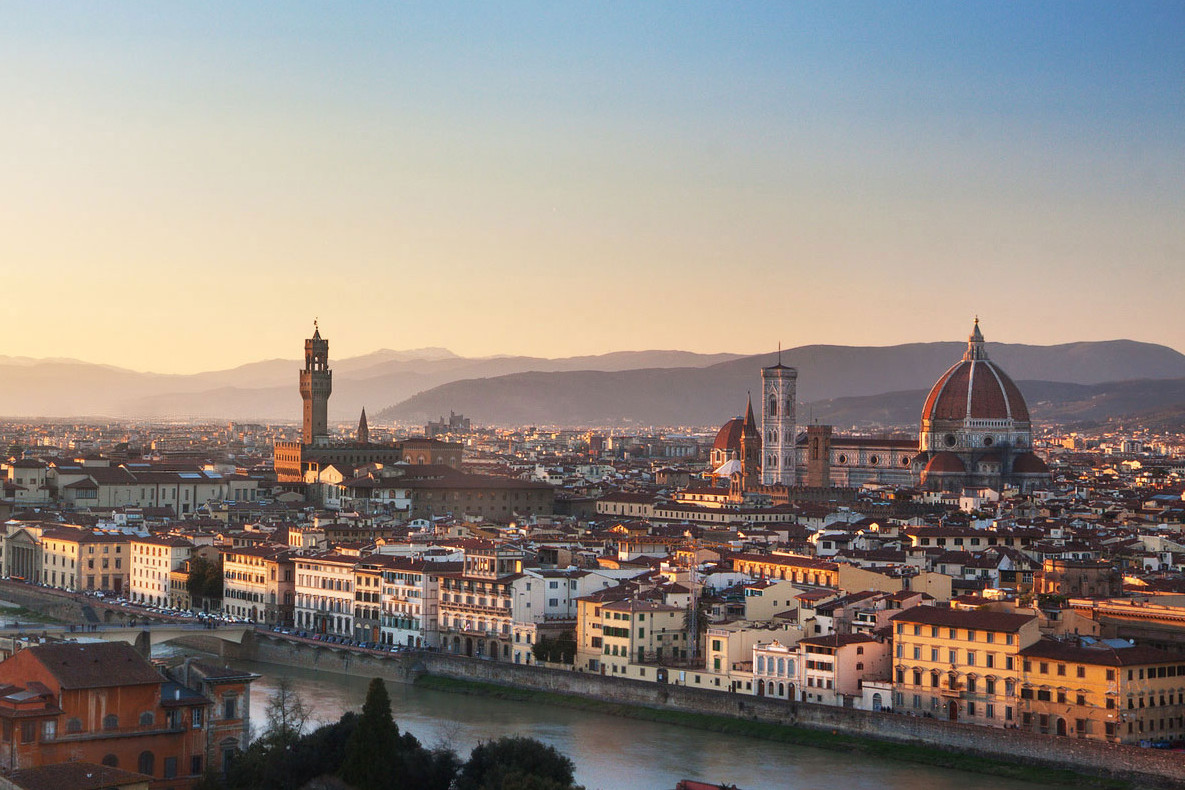
The tiratoio was eventually demolished by both guilds and it is believed that they may have then built 13 houses (9 and 4, respectively) as evidenced by the positioning of the coat of arms of each guild. The building in which the pharmacy is located is amongst those built by the Arte dei Mercatanti di Calimala, as shown by the coat of arms on the building.
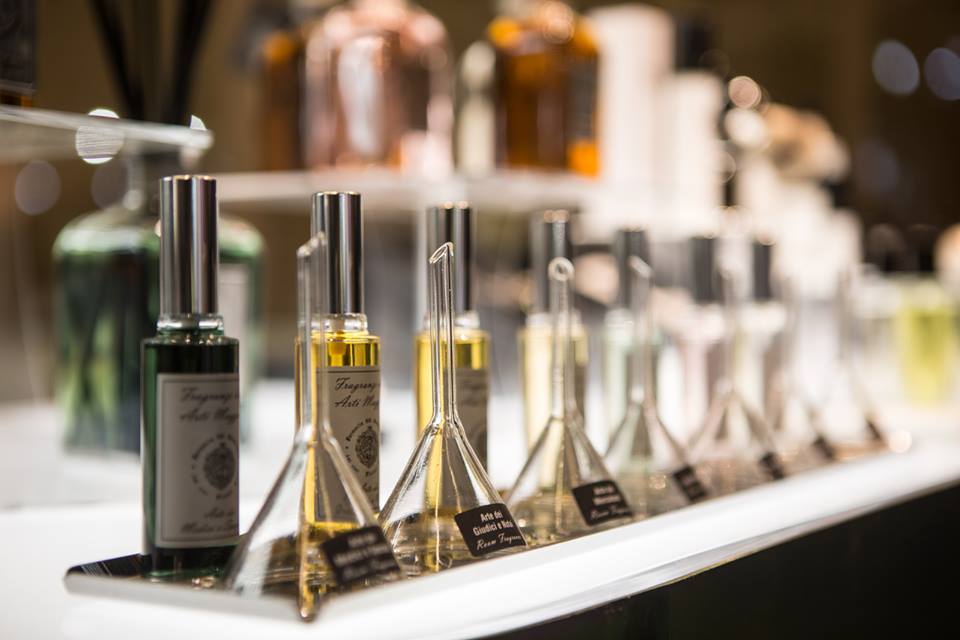
The Decima Granducale of 1561 is the first document that evidences the existence of the 13 houses. This document is a written land registry in which can be found the diligently noted names of owners and tenants along with any existing mortgages etc.
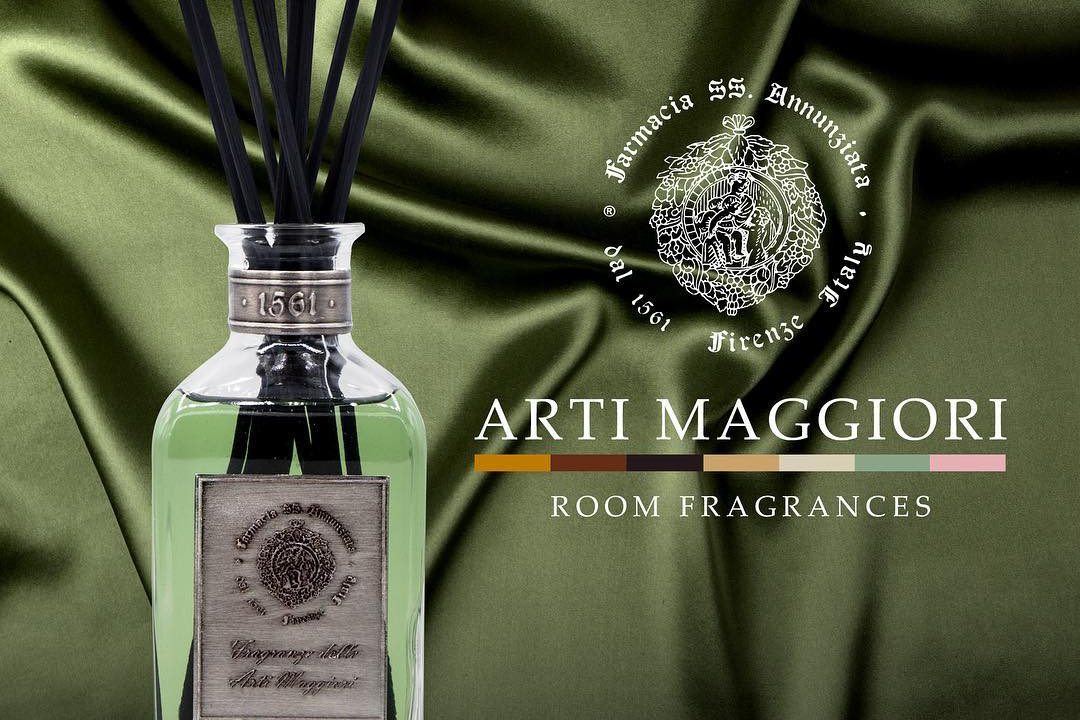
One of the volumes of the Decima, entitled Ricerca delle Botteghe a Firenze dell’anno 1561 (Research of the Florentine Shops from the year 1561), shows that a chemist’s shop existed on the second stretch of Via dei Servi which was the property of the Monache di S. Niccolò (Sisters of Saint Nicholas) and that was managed by the Domenico di Vincenzo Brunetti Apothecary (ASF, Decima Granducale 3784, cc. 110v. – 111r.).
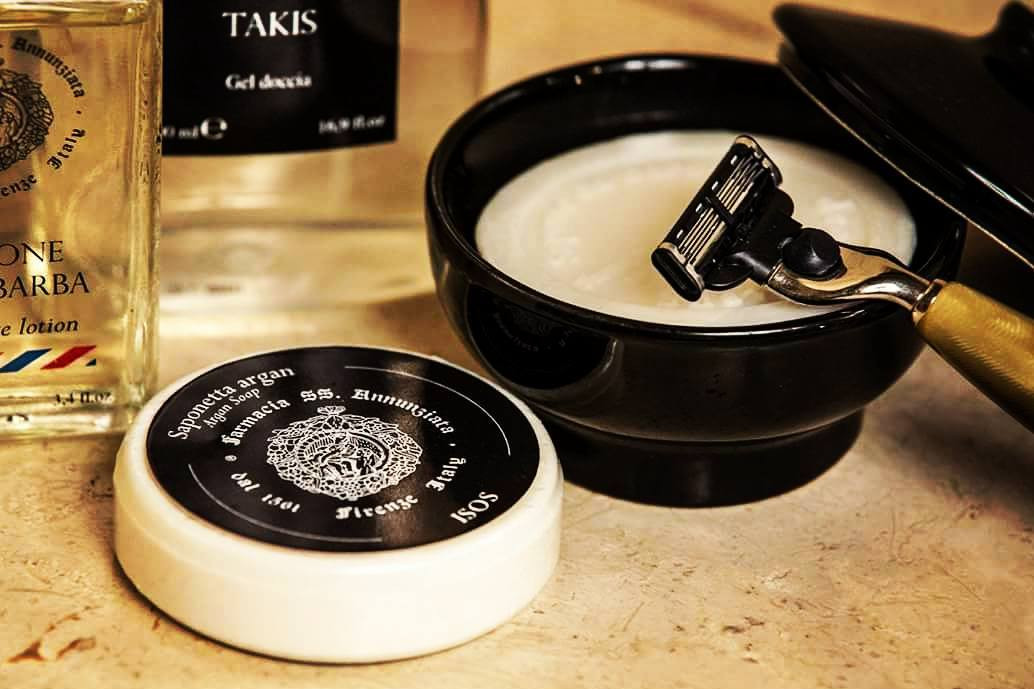
It is very possible that this is the same location where the current pharmacy sits today. Further research on Domenico Brunetti shows that he was registered on 1 Dec 1558 in the Libro rosso delle matricole di Firenze (The red registry book of Florence) for the Arte Medici e Speziali (the medical and apothecary guild) (ASF, Arte dei Medici e Speziali, 12, c. 123v.). Using this information we can reconstruct his story.

After joining the Arte dei Medici e Speziali he opened the chemist’s shop, which sold medicinal herbs and prepared medicines. The shop was located on the second stretch of Via dei Servi, which corresponds to the actual street number of 80r, and was owned by the Monache di S. Niccolò.
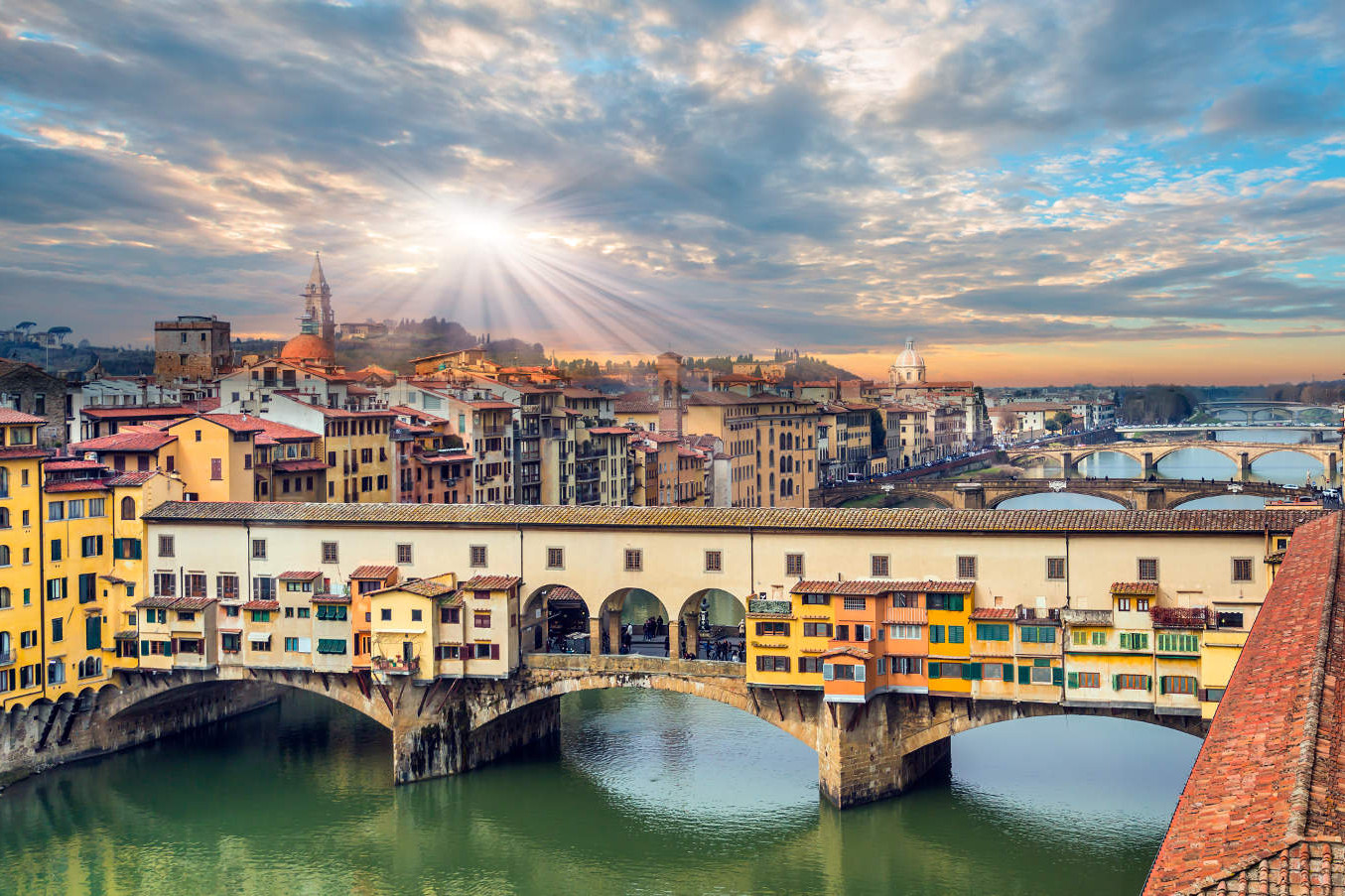
We can therefore identify the Domenico di Vincenzo Brunetti Apothecary as the first known administrator of the Farmacia SS. Annunziata in 1561.
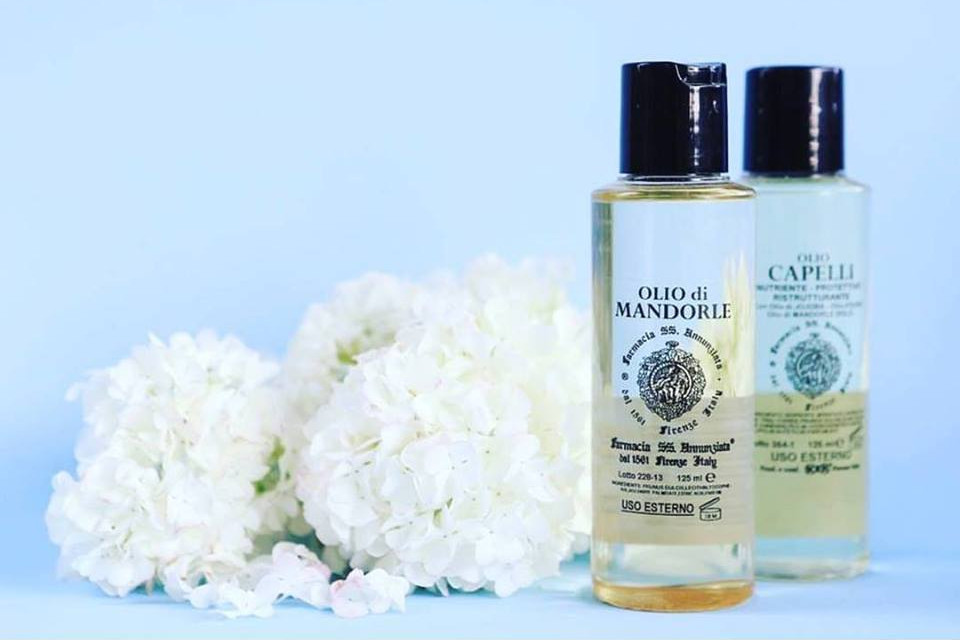
The furniture present in the pharmacy can most likely be traced back to the 18th century along with the insignia affixed to the facade of the building (the round ceramic plate framed in pietra serena with the scene of the Annunciation).
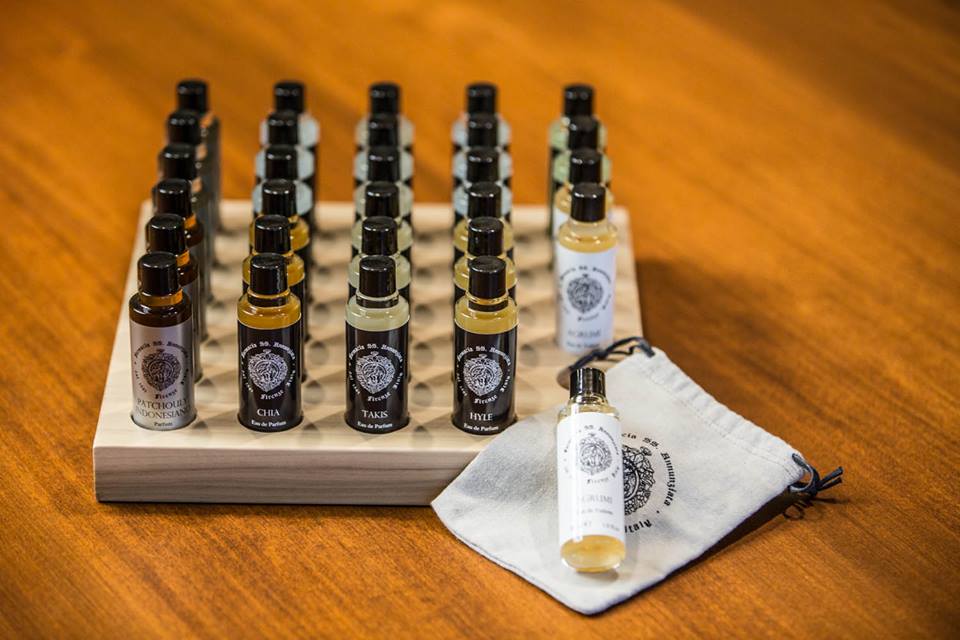
It is from this very symbol that the pharmacy derived its original name, all’insegna della SS. Annunziata (1876). (See photo at left). In 1935 it was renamed Farmacia della SS. Annunziata.
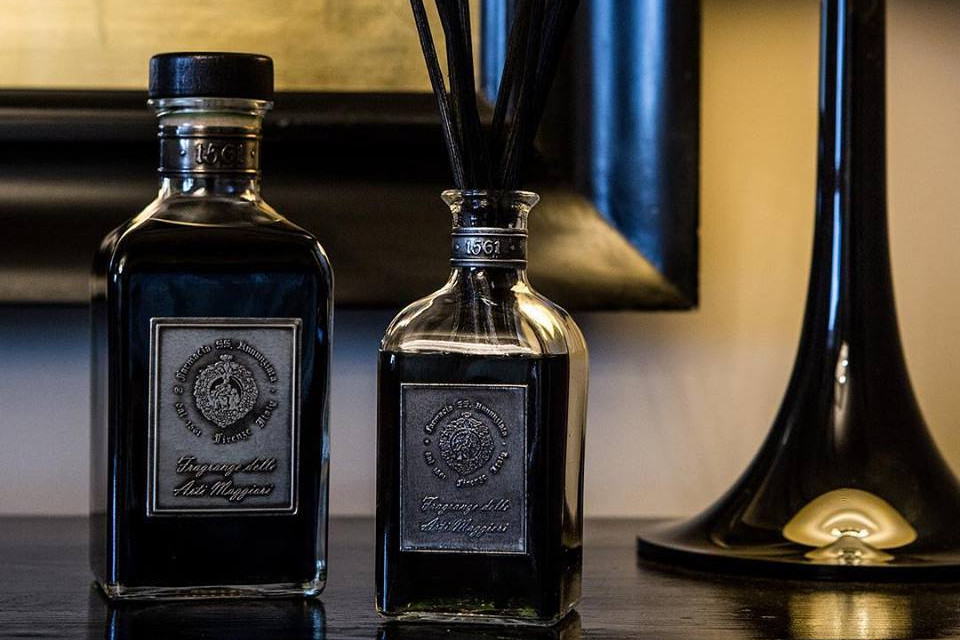
Today the pharmacy is both owned and managed by the Azzerlini family.
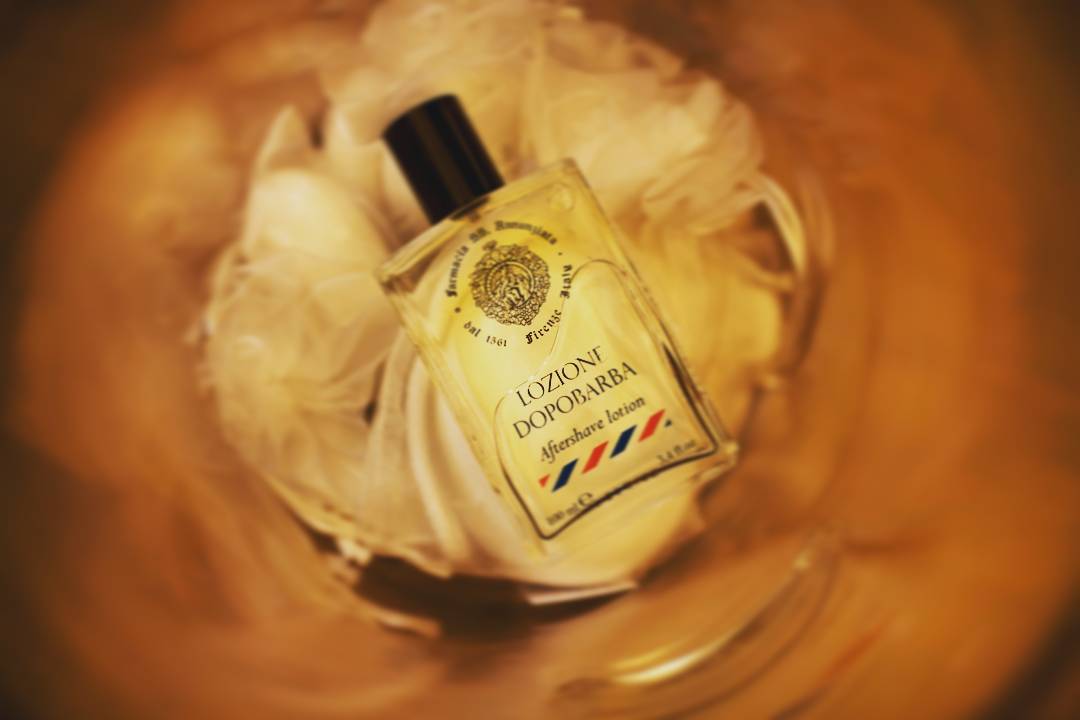
Family
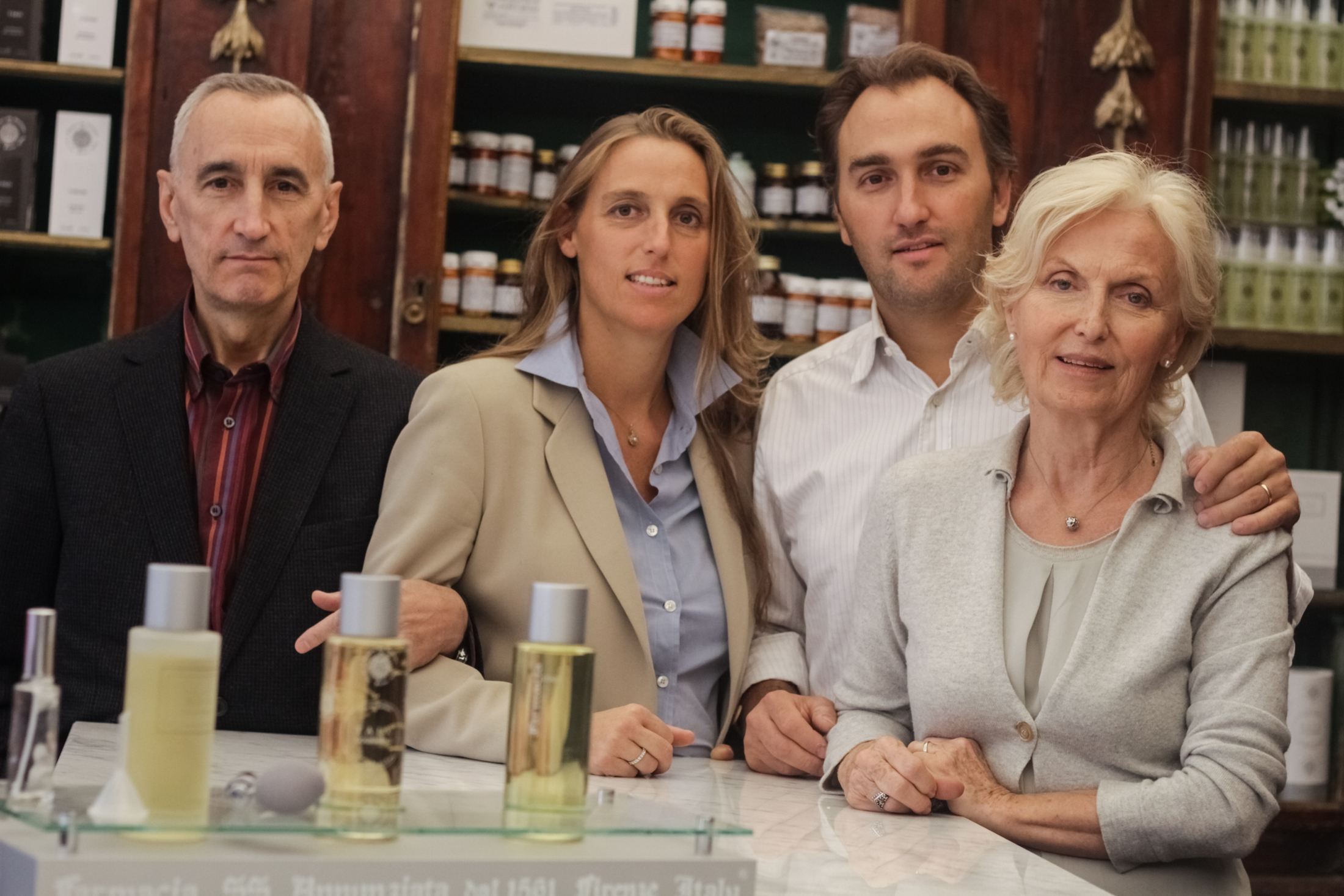
The cosmetic line by Farmacia SS. Annunziata dal 1561 Firenze Italy is produced by KER Srl.

The family is the sole owner of both companies and is composed of two pharmacists and two business executives.

By uniting the long-standing experience of the pharmacy with the modern and reliable technology of KER, we have created a happy union that has brought an efficient and functional quality to our cosmetics. The entire production cycle is under our direct control until final sale to the end client.

None of the old traditions have been lost. None of the benefits of modern technology have been neglected.
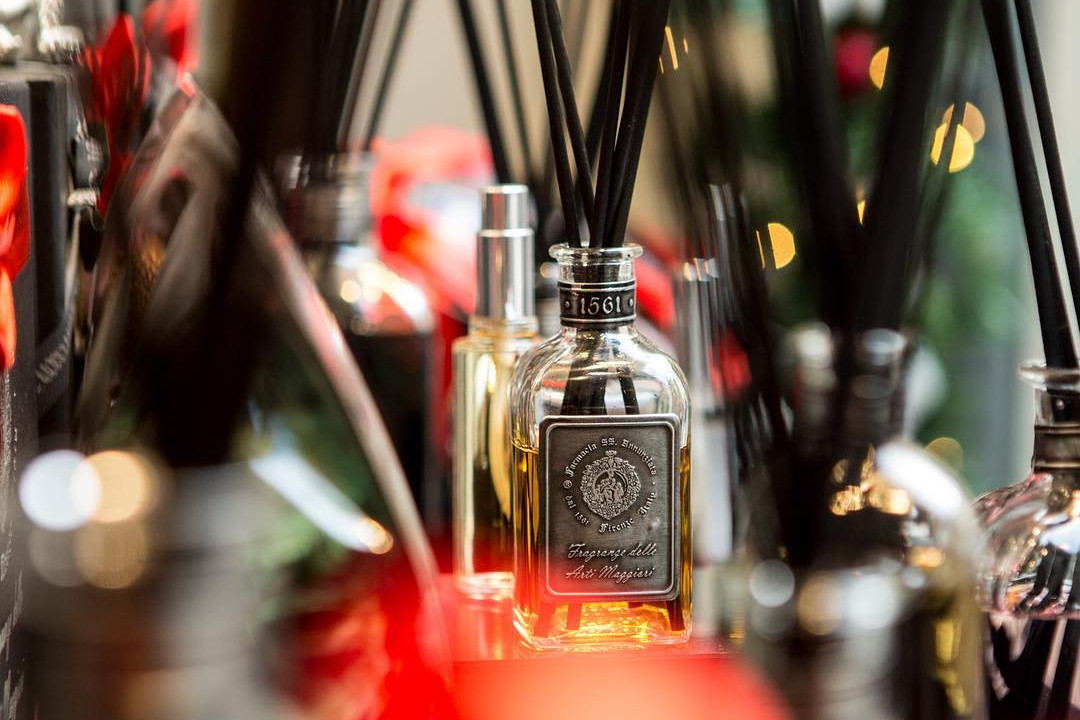
Products Farmacia SS. Annunziata 1561
Farmacia SS. Annunziata 1561
None of The Old Traditions have Been Lost. None of The Benefits of Modern Technology have Been Neglected

Concept

In 1561 the chemist Domenico di Vincenzo di Domenico Brunetti was the first manager of the Santissima Annunziata Pharmacy about whom we have information. (A.S.F. – Decima Granducale 3784 cc. 110v. – 111r A.S.F. – Arte dei Medici e Speziali, 12, c.123v.).

Since that time the Farmacia Santissima Annunziata has always mantained, apart from the usual prestige typical of every pharmacy at that age, a special tradition in preparing galenic prescriptions and products for hygiene and the beauty of the skin.

We have graduated, from ancient processes completely handmade, with pestle and mortar, to special quality controlled preparations made with modern and safe machinery, giving special attention to high standards and throughly researching our prescriptions which are made both with traditional and new raw products.

Our ancient tradition has been mantained and the standards of our products have become, if possible, better and safer.

The Farmacia SS. Annunziata uses only the highest quality ingredients available on the global market and preparation is done with precision using advanced, high-tech machinery. The finished product is always fresh and in accordance with all current technical and legislative standards and the psychophysical needs of the client, as well as the needs of the skin according to the climate and/or seasonal changes, are always carefully considered in the making of both new and old products.

History

The Farmacia SS. Annunziata of Florence is located at Via dei Servi 30 (black) and 80 (red) in a building that dates back to 1400.

At the top of the first story facade is a pietra serena stone sculpture of an eagle bearing a ball on its back. The history of this coat of arms dates back to 1200.Between the twelfth and thirteenth centuries, the Arti di Firenze (Guilds of Florence), which were guilds of arts and crafts, began to take shape.

These were initially created as lay associations for the defence and pursuit of common goals that brought together those who worked in the same profession or those who practised the same trade.

The extraordinary economic developments that permitted Florence to become one of the richest and most powerful cities in medieval Europe are owed in large part to these guilds.

Seven guilds called the Arti Maggiori (Major Guilds) and another fourteen called the Arti Minori (Minor Guilds) were formed.Those belonging to the former managed and administered large interests and were able to create commercial and financial relationships in many parts of the world.

The Arti Minori were guilds of a purely artisan character. Their services were limited to a local sphere and their involvement in politics was generally far more restricted than that of the Arti Maggiori.

One of the richest and most powerful of the Arti Maggiori guilds in Florence was the Arte dei Mercatanti or di Calimala (a guild of cloth finishers and merchants) who had shops in Via Calimala in the centre of Florence, where many of the various guilds’ shops were located.

The Arte dei Mercatanti imported cloth mainly from France and England and then dyed, stretched and fulled it before re-exporting it to other countries.

The Arte dei Mercatanti is represented by a golden eagle against a red background standing upon a white bundle of cloth.

This symbol can be found on the inside of its original building situated on top of a large ball that is hoisted above the stairwell. It is the same coat of arms that is sculpted on the facade of the building where the Farmacia SS. Annunziata is located.

In 1298 the city began to urbanize. It was during this time that a street was formed that went directly to the area in front of the new church that was connected to the SS Annunziata Convent. Today this street is called Via dei Servi.

In 1419, Fillipo Brunelleschi began work on the loggia of the Ospedale degli Innocenti (Hospital of the Innocents) and in 1421 Via dei Servi was paved.

At some point between 1471 and 1482, a map was drawn up by an anonymous connoisseur of Florentine wares and artefacts that clearly shows a two-storey unitary building located between the Annunziata and the Duomo. This building could represent the houses of Via dei Servi and not the original tiratoio (the building for the stretching and drying of cloth). Two-thirds of the original tiratoio was inherited by the Arte della Lana (Guild of Silk), and the Arte dei Mercatanti inherited the remaining one-third.

The tiratoio was eventually demolished by both guilds and it is believed that they may have then built 13 houses (9 and 4, respectively) as evidenced by the positioning of the coat of arms of each guild. The building in which the pharmacy is located is amongst those built by the Arte dei Mercatanti di Calimala, as shown by the coat of arms on the building.

The Decima Granducale of 1561 is the first document that evidences the existence of the 13 houses. This document is a written land registry in which can be found the diligently noted names of owners and tenants along with any existing mortgages etc.

One of the volumes of the Decima, entitled Ricerca delle Botteghe a Firenze dell’anno 1561 (Research of the Florentine Shops from the year 1561), shows that a chemist’s shop existed on the second stretch of Via dei Servi which was the property of the Monache di S. Niccolò (Sisters of Saint Nicholas) and that was managed by the Domenico di Vincenzo Brunetti Apothecary (ASF, Decima Granducale 3784, cc. 110v. – 111r.).

It is very possible that this is the same location where the current pharmacy sits today. Further research on Domenico Brunetti shows that he was registered on 1 Dec 1558 in the Libro rosso delle matricole di Firenze (The red registry book of Florence) for the Arte Medici e Speziali (the medical and apothecary guild) (ASF, Arte dei Medici e Speziali, 12, c. 123v.). Using this information we can reconstruct his story.

After joining the Arte dei Medici e Speziali he opened the chemist’s shop, which sold medicinal herbs and prepared medicines. The shop was located on the second stretch of Via dei Servi, which corresponds to the actual street number of 80r, and was owned by the Monache di S. Niccolò.

We can therefore identify the Domenico di Vincenzo Brunetti Apothecary as the first known administrator of the Farmacia SS. Annunziata in 1561.

The furniture present in the pharmacy can most likely be traced back to the 18th century along with the insignia affixed to the facade of the building (the round ceramic plate framed in pietra serena with the scene of the Annunciation).

It is from this very symbol that the pharmacy derived its original name, all’insegna della SS. Annunziata (1876). (See photo at left). In 1935 it was renamed Farmacia della SS. Annunziata.

Today the pharmacy is both owned and managed by the Azzerlini family.

Family

The cosmetic line by Farmacia SS. Annunziata dal 1561 Firenze Italy is produced by KER Srl.

The family is the sole owner of both companies and is composed of two pharmacists and two business executives.

By uniting the long-standing experience of the pharmacy with the modern and reliable technology of KER, we have created a happy union that has brought an efficient and functional quality to our cosmetics. The entire production cycle is under our direct control until final sale to the end client.

None of the old traditions have been lost. None of the benefits of modern technology have been neglected.

Products Farmacia SS. Annunziata 1561
-
Farmacia SS. Annunziata 1561 - Beard and Moustache Balm - Man Line -...
Innovative conditioner specifically formulated for beard and moustache treatment and care, for a strong, healthy and glossy look. Restores and effectively preserves the natural moisture balance of the hair with several targeted actions. Penetrates deeply into the heart of the fibre with an intense reconstructing and restructuring action on the...
28,00 € -
Farmacia SS. Annunziata 1561 - Men's Eye Contour Cream - Man Line - Professional
Treatment with global action, used to protect the delicate eye area against signs of weakness, stress and aging. Plant Collagen adds a new source of energy to revitalise the crucial cellular functions, including synthesis of the basic structures of the skin, improving tone and firmness. Reactivates microcirculation, alleviating puffiness and unsightly...
28,00 € -
Farmacia SS. Annunziata 1561 - Shaving Cream Airless - Man Line - Professional
Original cream formula, with a rich and soft texture, specifically designed to prepare the skin for a close and efficient shave. Helps to lift the hair, facilitating the sliding of the blade, limiting friction and thus preventing irritation and redness. The precious eudermic active principles give softness and plasticity to the epidermis and create a...
24,00 € -
Farmacia SS. Annunziata 1561 - Lip Cream with Propolis - SPF 50 - Man Line -...
A real lip “shield” restoring and protecting such a thin and delicate part of the face, extremely vulnerable and subjected to early ageing signs. It provides a SPF 50 for the best protection against UV rays as well as it protects lips from the damaging effects of the environment agents such as wind, cold, pollution, etc. Thanks to the Propolis and to...
14,00 € -
Farmacia SS. Annunziata 1561 - Men's Face Cream - Man Line - Professional
Multi-active treatment specifically designed to stimulate at once all the essential skin functions and to combat degenerative processes linked to aging. Plant Collagen performs a revitalising action, increasing energy reserves, particularly during periods of fatigue and stress. Reactivates the connective tissue, stimulating the synthesis of collagen,...
38,00 € -
Farmacia SS. Annunziata 1561 - Aftershave Emulsion - Man Line - Professional
Completely alcohol-free aftershave emulsion with an excellent protective, soothing and softening action, giving an immediate sensation of comfort and relief. Extracts of Horse Chestnut, Aloe Vera and Calendula perform a rapid and targeted decongestant and anti-inflammatory action, increasing the processes of skin regeneration, encouraging the formation of...
38,00 € -
Farmacia SS. Annunziata 1561 - Men's Cleansing Gel - Man Line - Professional
Fluid gel, lightly foaming, expressly formulated to perform a deep cleaning, giving freshness and brightness. Helps to free the follicular ostia from sebum, dirt, traces of smog, and to remove devitalized cells, respecting the physiology of the skin, leaving the skin soft and smooth. Carries out an astringent, purifying and anti-inflammatory action.
22,00 € -
Farmacia SS. Annunziata 1561 - KER Edp - Fragrance - Man Line - Professional
KER is a vibrant and invigorating fragrance with citrus and sharp notes that create a wave of freshness, invigorating the spirit. The citrus opening gives way to pungent scents that evoke a field of aromatic herbs… only then to be immersed, at dusk, in a noble purity to regain balance and harmony between mind and body.
125,00 € -
Farmacia SS. Annunziata 1561 - Aftershave Lotion - Man Line - Professional
Delicately alcoholic and stimulating aftershave lotion, giving an immediate sensation of freshness and refreshment. Black Raspberry extract, with strong soothing, anti-inflammatory and anti-redness properties, strengthens the natural skin protection, reducing the trauma and stress of shaving. The phytocomponents of Black Raspberry replenish the weakened...
45,00 € -
Farmacia SS. Annunziata 1561 - Conditioning Balm Hair Cream - Hair Line -...
The Conditioning Balm tones hair with its vegetable extracts and restructures hair with its cationic substances, adding softness to the hair, eliminating static electricity, and leaving hair shiny and easy to comb. After shampooing, apply the Conditioning Balm to wet hair. Let the conditioning balm sit a few minutes and then rinse. With Coltsfoot, Yarrow,...
19,00 € -
Farmacia SS. Annunziata 1561 - Mask Hair Strengthener - Hair Line - Professional
This mask-cream contains collagen proteins which strengthen hair follicles and castor oil which nourishes and softens hair, particularly weak, dry or dull hair. After shampooing apply the mask to ends of damp hair or towel-dried hair. May also be used on dry hair. Do not rinse. With Vegetable Collagen, hydro-soluble Castor Oil derivative.
19,00 € -
Farmacia SS. Annunziata 1561 - Stinging Nettle Shampoo - Hair Line -...
The action of stinging nettle performs a sebum-regulating action on the hair and scalp and eliminates impurities and excessive greasy. It also possesses a stimulating, tonic effect on the bulb of the hair. Suitable for all hair types and especially for hair with a tendency towards oiliness. Ultra-delicate, appropriate for frequent use. With Stinging...
14,00 € -
Farmacia SS. Annunziata 1561 - Eye Contour Precious Cream SPF15 - Lifting...
The rich composition makes this cream precious and indispensable for everyday use. Thanks to Pentapeptide-3, a particular protein that stimulates the relaxation of the muscles of the face, the skin stretches becoming visibly more homogeneous and linear. Vegetal collagen maintains constant water balance, while the hydrolysed elastin ensures elasticity and...
34,00 € -
Farmacia SS. Annunziata 1561 - Ultra-Delicate Shampooo with Silk Proteins -...
The action of stinging nettle performs a sebum-regulating action on the hair and scalp and eliminates impurities and excessive greasy. It also possesses a stimulating, tonic effect on the bulb of the hair. Suitable for all hair types and especially for hair with a tendency towards oiliness. Ultra-delicate, appropriate for frequent use. With Stinging...
14,00 € -
Farmacia SS. Annunziata 1561 - Precious Cream 24H SPF15 - Redensifying,...
Pentapeptide-3 is an innovative protein that blocks the activity of enzymes that break down collagen fibers and increase the level of pro-collagen-1, a precursor to mature collagen. Furthermore, the relaxing and relaxing effect of Pentapeptide-3 allows maximum penetration, therefore maximum anti-aging efficacy on the treated part. Ubidecarenone (Coenzyme...
80,00 € -
Farmacia SS. Annunziata 1561 - Anti-Dandruff Treatment Shampoo - Hair Line -...
With Pyrocton olamin. This shampoo treats dry or oily dandruff without damaging hair. The combination of pyrocton olamin with a delicately cleansing base gradually helps eliminate the corneous layers of dandruff and reduce the oiliness after just 1-2 weeks of use. Leaves hair soft and shiny. Begin with 2 applications per week, reducing to one per week,...
14,00 € -
Farmacia SS. Annunziata 1561 - Precious Cream 24H SPF15 - Redensifying,...
GEA is a limpid and vigorous fragrance, subtly pervaded by the richness and purity of a precious bouquet, with vibrant nuances of musk and precious woods. Intense and exciting lets imagine without ever revealing.
118,00 € -
Farmacia SS. Annunziata 1561 - Fortifying Shampoo with Keratin - Hair Line -...
Solubilized Keratin strengthens hair damaged by external agents and organic changes by filling in the weakened fibre. The restoring effects are visible from the first application as a protective membrane around the corneal layer of the hair is formed. At the same time, hydrolyzed placenta provides a stimulating and nourishing effect to soften the scalp.
14,00 € -
Farmacia SS. Annunziata 1561 - Precious Cleansing Milk - Water Soluble Fluid...
Water soluble liquid detergent, with chamomile extract. It protects the pH and the natural hydration of the skin, cleansing it and leaving it free from any trace of makeup and / or impurities.
32,00 € -
Farmacia SS. Annunziata 1561 - Vitaminic Shampoo - Hair Line - Professional
Rich in vitamin E and Keratin, this shampoo cleanses hair gently. Vitamin E stimulates the scalp and revives hair. Keratin provides restructuring benefits to lifeless and damaged hair, adding body and shine. The added ingredient, methyl nicotinate, provides a vasodilatory action, allowing for better penetration of the active ingredients and allowing the...
14,00 € -
Farmacia SS. Annunziata 1561 - Light Mask SPF15 - Firming and Reshaping,...
Particularly suitable for combination and / or dry skin. It is used as a night / day cream without rinsing. The rehydrating and nourishing action of jojoba oil, sweet almond oil and wheat germ oil, is added to the velvety effect of silk proteins, while the hydrolysed elastin and placenta return to the attacked skin from its external oxidizing agents its...
70,00 €



